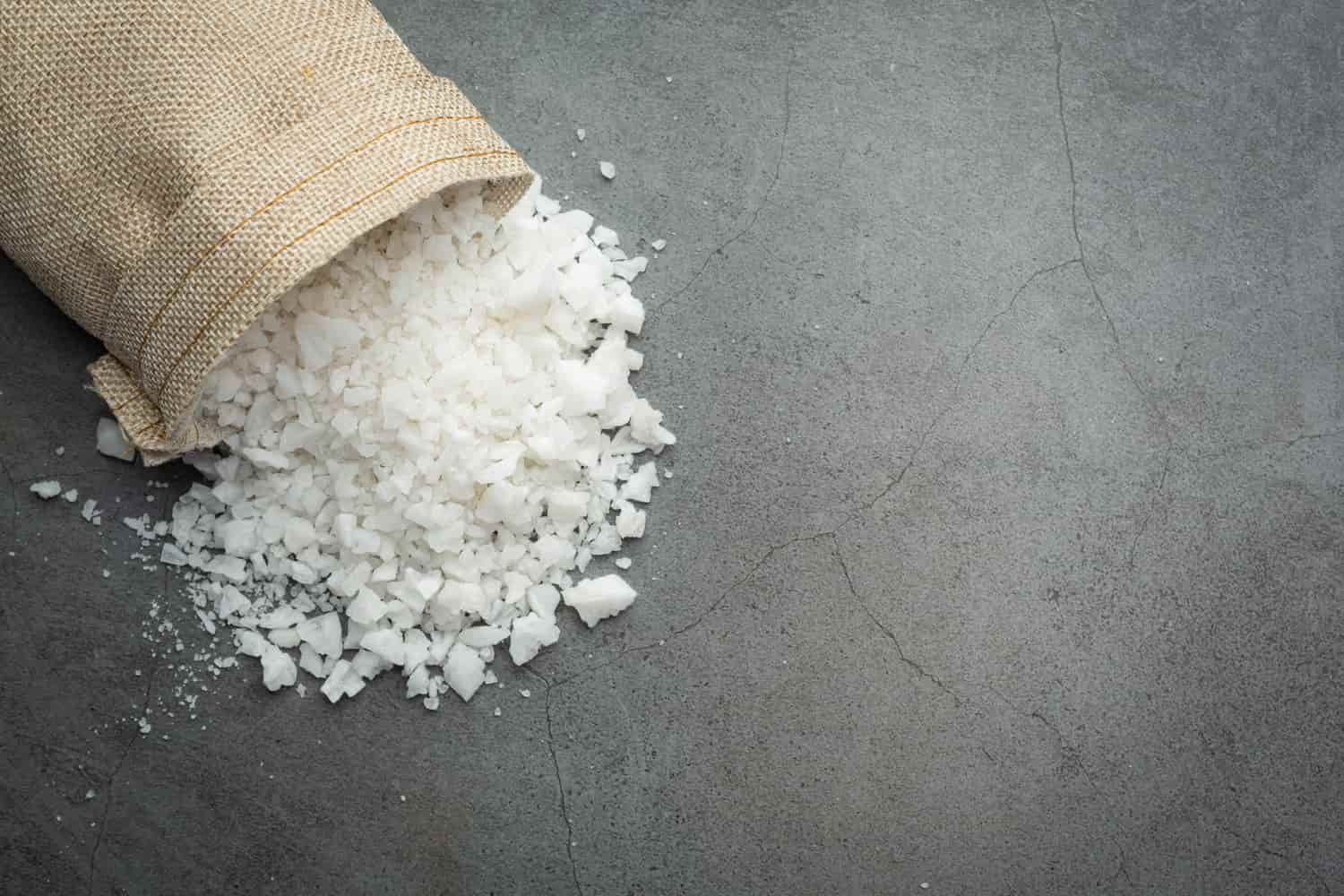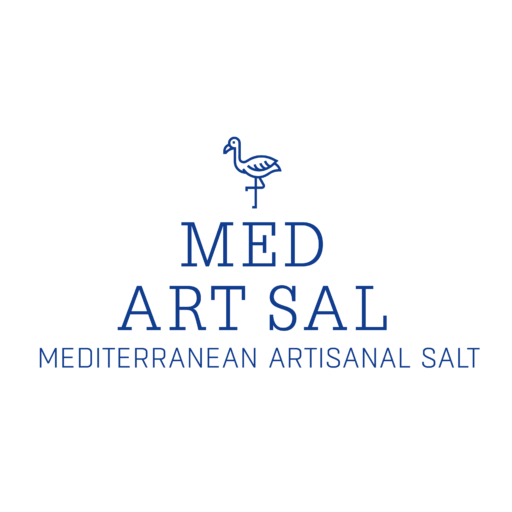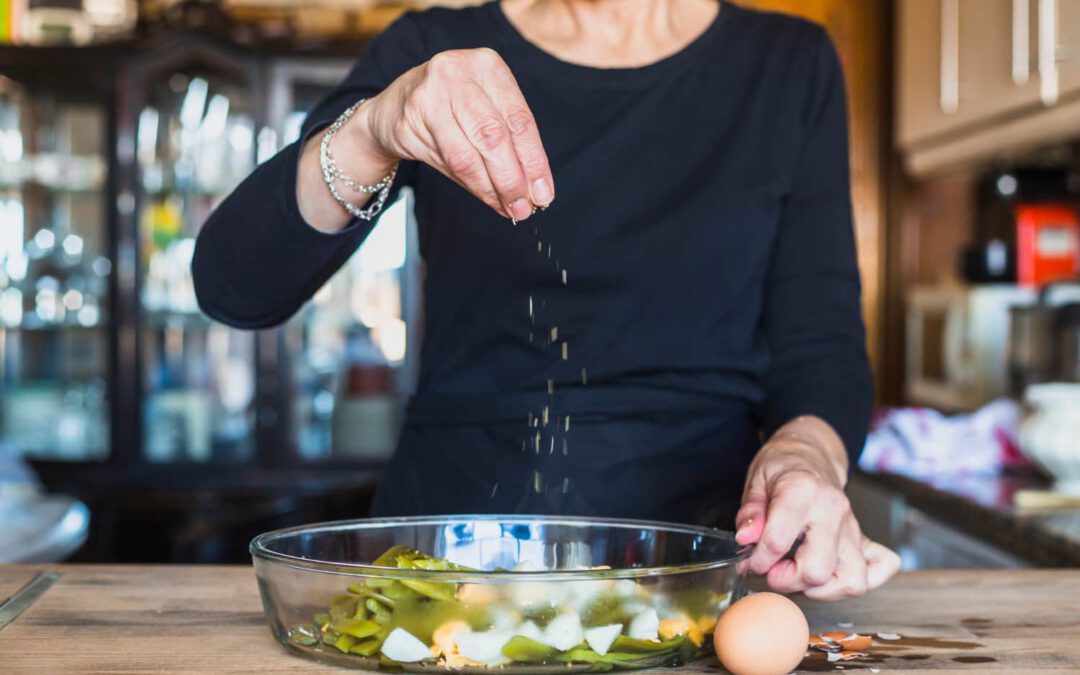There is no doubt that salt consumption has become one of the greatest enemies of today’s world society. Or so we have been led to believe. According to the World Health Organization (WHO), salt intake in adults should not exceed five grams per day (the equivalent of approximately two grams of sodium) in order to reduce blood pressure and the risk of cardiovascular disease. This equates to a little less than a teaspoon. However, it is estimated that we generally double this amount.
Reducing salt intake may seem simple. It should be enough to not add salt in your dishes, or just add a minimal amount of it. However, the issue goes further. It is convenient to distinguish between the visible salt (the one we add ourselves in the form of a pinch) and the hidden one, which is present in food.
One of the reasons why many people take more salt than they should occurs almost without realizing it or not paying too much attention to what we consume. That is, the more processed food you eat, the more salt is being introduced into the body. It is advisable to reduce or avoid pre-cooked meals, preserves, sausages (you have to watch York ham, as some contain as much salt as serrano ham), smoked meats, chips and similar appetizers, olives, sauces, semi-cured and cured cheeses (it is better to eat fresh or soft cheese that usually contains less salt and fat), carbonated drinks or even bread (it is better to consume it without salt). These foods have a high percentage of salt, which accounts for around 72% of the total we consume.
Of course, this “added” salt is industrial, hence with poor quality, whose only function is to enhancer the flavours and preserve foods. The ideal is to consume fresh, unprocessed vegetables, fruits, fish and meats, choose foods with low salt content and add a small amount of an artisanal sea salt variety.
Government campaigns are always aimed at reducing salt consumption instead of promoting the consumption of fresh and organic products

The governments’ response to improve the food quality and reduce sodium intake has always been to advise us that we should reduce our consumption of (artificial) salt, instead of blaming processed foods and urging us to follow a healthy and natural diet that incorporates fresh ingredients and, in moderation and whenever desired, artisanal salt.
However, salt is not bad. In fact, it is necessary for our body, which requires a small dose of sodium to make many functions. Eliminating it from our diet without medical indication would not only be counterproductive, but impossible due to its presence in almost all the foods we intake. It might cause sleep disorders, sodium deficit (especially in older people) and an increased risk of developing kidney stones.
For this reason, the amount of salt in the diet should be reduced and excessive consumption of foods that are sources of sodium should be avoided. In order to begin to reduce salt intake, it is convenient to flee from processed foods and opt for natural products and raw materials, in addition to paying attention to the labels of what we consume. However, it should not be eliminated from the diet without the advice of a health professional.
In order to begin to reduce salt intake, it is convenient to flee from processed foods and opt for natural products and raw materials, in addition to paying attention to the labels of what we consume
Some varieties of artisanal salts contain lower sodium content that help regulate its intake, in addition to including more trace elements
There are different types of salt on the market that we can choose to season our dishes. Depending on the extraction technique, geographical area, composition, texture or color, we can find different varieties.
Refined, common or table salt is the most used. It is composed by 97-99% of sodium chloride. The fact that it is so refined makes it a salt without impurities, that is, without the trace elements naturally present in seawater (it is important to emphasize that all salt comes from the sea. Read more here). Therefore, it is a product poor in nutrients.
On the opposite side, virgin sea salt is extracted with the evaporation of sea water and it is not refined. This traditional process allows salt to preserve all the minerals from the seawater and the trace elements from the mud. In addition, it is rich in iodine, which is positive for the body. It contains 10% less sodium than common salt.
If you put your mind to it, there are many things you can do to improve the quality of the salt you consume and reduce it to the recommended daily amount. Here are some tips that you may find useful:
- Do not abuse sauces, especially soy sauce, which tend to have a high salt content. Tomato sauces tend to include cheese, olives, bacon or ham.
- Replace cereal bars, chips and other high-salt snacks with vegetable sticks, salt-free nuts or other salt-free foods.
- If you are going to consume processed products, compare the labels before buying and choose those with lower sodium content.
- Replace salt table salt for virgin sea salt, Fleur de Sel, flake salt or any other artisanal sea salt varieties according to your tastes and the dish you prepare.


